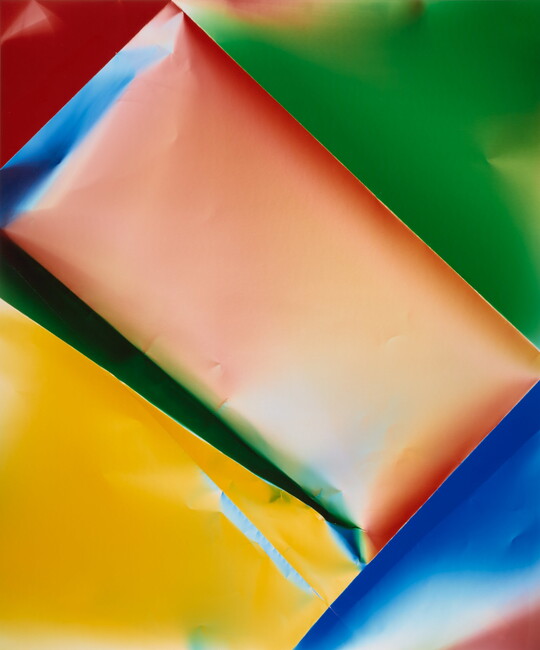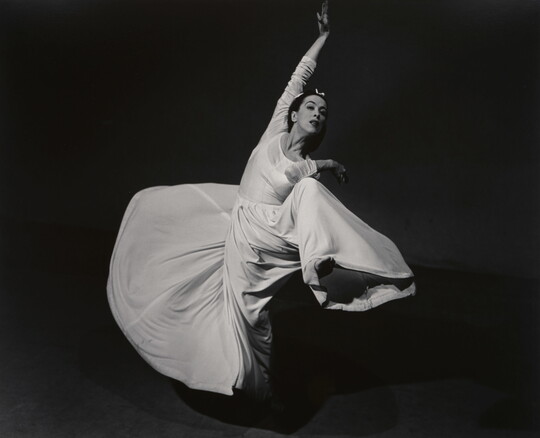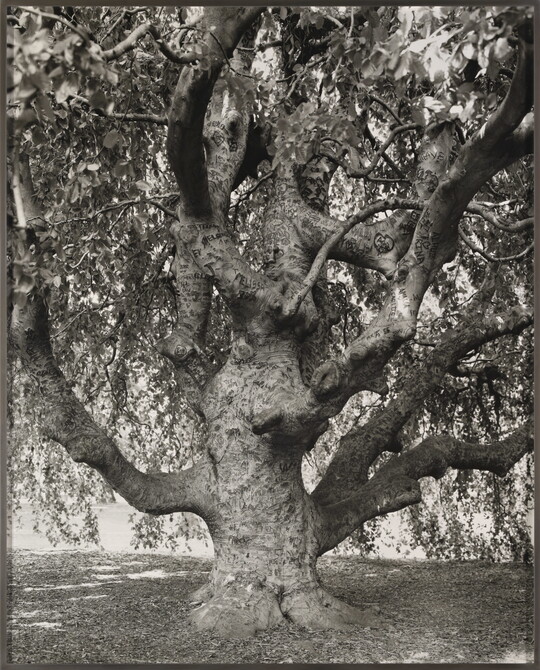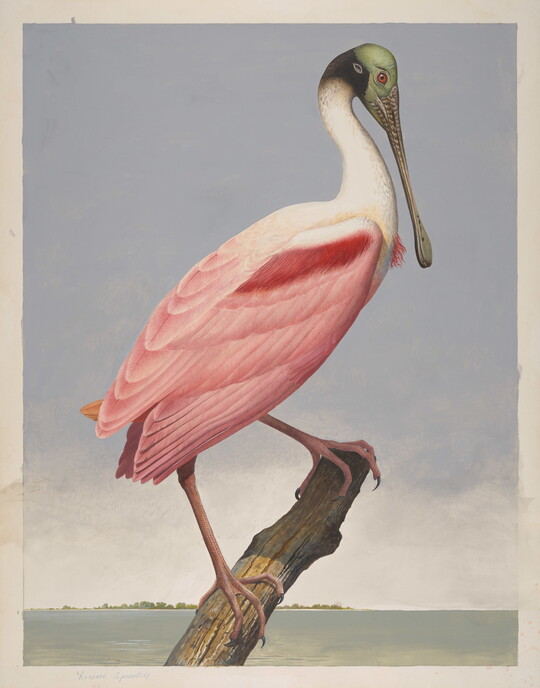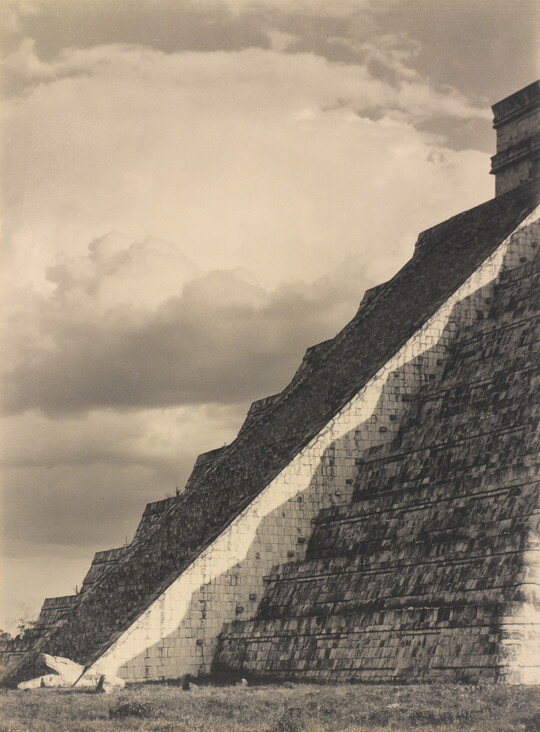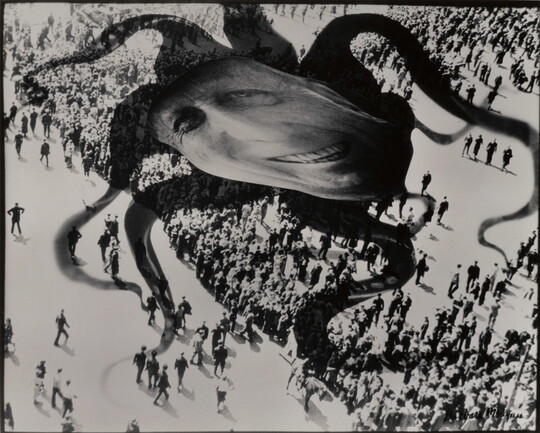


Artwork Images
Photo:
Controls
Penny Picture Display, Savannah
Object Details
-
Date
1936
-
Object Type
Photographs
-
Medium
Gelatin silver print
-
Dimensions
8 1/2 x 6 11/16 in.
-
Inscriptions
[None]
-
Credit Line
Amon Carter Museum of American Art, Fort Worth, Texas
-
Accession Number
P1987.4.1
-
Copyright
Public domain
-
American Modern: Abbott, Evans, Bourke-WhiteOctober 2, 2010–January 11, 2011
This special exhibition showcases the work of three of America’s most beloved photographers–Berenice Abbott, Margaret Bourke-White, and Walker Evans–and offers new insight into the flourishing genre of documentary photography during the 1930s.
-
American Photographs, 1845 to NowAugust 20, 2016–February 12, 2017
American Photographs brings together more than 70 photographs that span the history of the medium and reflect the diversity of photographic practices during America’s industrial development, highlighting the central role of photography in the United States.
Additional details
Location: Off view
See more by Walker Evans
Tags
-
What roles can photography play in documenting lives and events?
What is the value of portraiture? Who gets their portraits taken, and why?
What factors contribute to the democratization of art?
What might a group of portraits taken in a community communicate about that place?
How involved should a government be in supporting the arts?
-
What do you see in this photograph? What is a portrait? Who do you see in the portraits? How are the people posed? What expressions do you see?
How have the portraits been arranged? Why do you think someone arranged the portraits in such a manner? Why does the word “STUDIO” appear in big letters and almost in the middle of the arrangement of portraits? What does the word “studio” mean? The word studio here was part of an advertisement for the photographer’s services.
Why do people have their portraits taken? Have you had your portrait taken? Why? What did you wear? How did you pose? Who has your portrait?
This photograph taken in 1936 is depicting an advertisement for a photography studio in Savannah, Georgia. Why do you think the artist took a photograph of this advertisement? What can we learn from this advertisement?
Documentary photography is a way to record people, places, and events. The photographer, Walker Evans, was hired by the government during the Great Depression to take documentary photographs. If you were hired to take documentary photographs of your community, what would you focus your camera on? What would you want others to learn about your community?
-
Grades 6–12
Activity 1
Students will take photographic portraits of people they know in their own community and assemble the photographs in a grid and select a word to place over their arrangement.Activity 2
Students will research the government programs that supported artists during the Great Depression. Why did the government start these programs? Which artists were enrolled in these programs? Who was excluded from these programs? What was depicted in the artworks commissioned by the government? Where did the artists travel and work? What was the impact on the nation of these programs and the artworks that were produced?All Levels
Students will recreate this work of art and in doing so create a class portrait. Have students bring in a portrait of themselves, or if possible, take pictures of each student. Once the prints are available the students can work together to arrange the photographs in a grid. Then have the students decide on one word to include in their arrangement. Note that the word “studio” appears on this image as it as part of an advertisement for the photographer’s services, not as a word that was chosen by those pictured in the image.
Share Educator Resources
Amon Carter Disclaimer
This information is published from the Carter's collection database. Updates and additions based on research and imaging activities are ongoing. The images, titles, and inscriptions are products of their time and are presented here as documentation, not as a reflection of the Carter’s values. If you have corrections or additional information about this object please email us to help us improve our records.
Every effort has been made to accurately determine the rights status of works and their images. Please email us if you have further information on the rights status of a work contrary or in addition to the information in our records.
Related Works
-
Untitled #52, 2002
Laura Letinsky
Dye coupler print
P2007.3
-
A Moslem Woman, Sarajevo, Bosnia, ca. 1925
Clara Sipprell
Gelatin silver print on tissue
P1984.1.68
-
Zerogram, 2017
Ellen Carey
Dye coupler print
P2018.40
-
Martha Graham - Letter to the World (Swirl), 1940
Barbara Morgan
Gelatin silver print
P1974.21.17
-
Steamfitter, 1921
Lewis Wickes Hine
Gelatin silver print
P1981.80.3
-
Weeping Beech, Brooklyn Botanic Garden, Brooklyn, 2011
Mitch Epstein
Gelatin silver print
P2012.13
-
Roseate Spoonbill, ca. 1980-85
Scott Gentling, Stuart Gentling
Graphite, opaque and transparent watercolor on paper
2018.26
-
Steps of the Castillo, Chichen Itza, 1932
Laura Gilpin
Gelatin silver print
P1964.130
-
Hearst over the People, 1939
Barbara Morgan
Gelatin silver print
P1974.21.4




